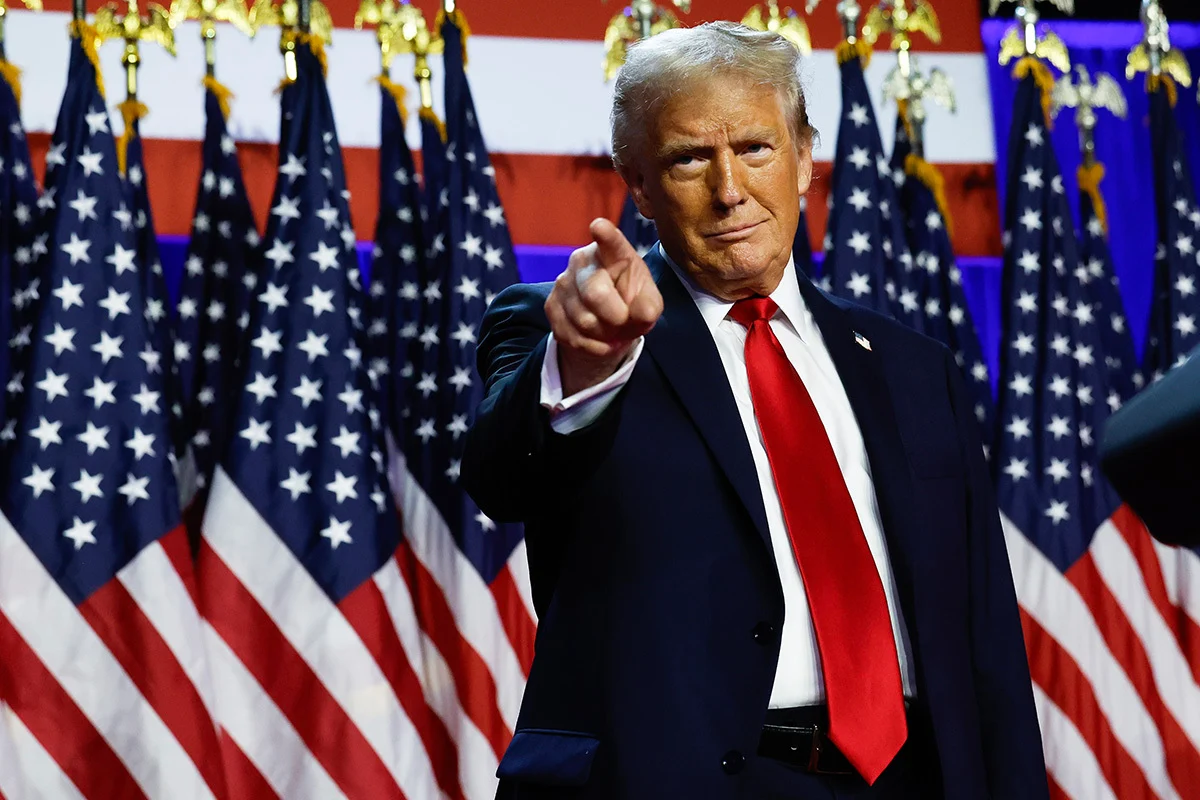NEW DELHI: India is making new efforts to ignite interest in its green debt as the category misses out on a torrent of foreign flows into local sovereign bonds.
The nation will allow the trading of sovereign green debt from its newest finance hub in Prime Minister Narendra Modi’s home state of Gujarat by March.

But lower taxes may not be enough to lift their appeal amid a lack of supply and small issuances.
“The tax advantage won’t necessarily be a game changer unless the liquidity of the market improves,” said Kenneth Akintewe, head of Asian sovereign debt at abrdn plc.
Foreign investors “can access supranational bonds, many of which are also sustainable or green, with higher ratings and improved liquidity and free of domestic taxes.”
Green issuances aren’t among the 20 most popular Indian government bonds with foreign investors, according to Clearing Corp of India data.
Only about 14% of the planned issuance of US$1.4bil for the April-September period hit the market as officials scrapped auctions that didn’t garner a premium.
That hampers the government’s plan to lower financing costs to promote green growth in the world’s third-largest emitter.
At US$15.6bil, India’s environmental, social and governance debt issuance is set to notch an annual record, but the volume remains a fraction of that of peers such as China and Japan, according to Bloomberg Intelligence.
The lukewarm response for India’s green bonds contrasts with the enthusiasm seen for their conventional peers. Global funds snapped up Indian bonds at a rate not seen in seven years following a landmark index inclusion by JPMorgan Chase & Co. in June.
Only a tiny share of about US$ 12 billion of such inflows has gone into green bonds.
“Whether they can have sufficient liquidity is perhaps the most important thing for many foreign investors,” said Xuan Sheng Ou Yong, sustainable fixed income lead for Asia Pacific at BNP Paribas Asset Management in Singapore.
He suggested allowing investors to swap green bonds with regular government debt as has been done in Germany, and building a yield curve by issuing shorter green bonds as those are more popular when interest rates fall.
Concerns over finding a buyer when they want to trim holdings are keeping investors at bay – no green bonds have exchanged hands since Aug 16, according to data compiled by Bloomberg.
Allianz Global Investors GmbH’s portfolio manager Giulia Pellegrini, who started trading in sovereign rupee bonds this year, is awaiting the next primary issuance as the secondary market remains illiquid.
India’s got all the ingredients from a macroeconomic standpoint.
“It’s a giant that seems committed to doing more about environmental issues, climate change,” she said.
“But at the moment we’re lacking literally the paper.”
While poor liquidity remains a talking point for green bonds globally, small sizes and the unpredictability of issuance compound the challenges for India.
Only one of its green bonds cleared the issuance threshold for inclusion into JPMorgan’s gauge.
The nation’s decision last month to remove future issuance of 14 and 30-year debt from the index-eligible securities will also limit green debt availability to investors.
“The small size of a long-term bond typically bought by foreign investors leads to less liquidity in the secondary markets and wider bid-offer spreads,” said Gustavo Medeiros, head of research at Ashmore Group Plc. This “makes it a costly instrument to carry in portfolios. From that perspective, a feeble demand is not surprising.” — Bloomberg





